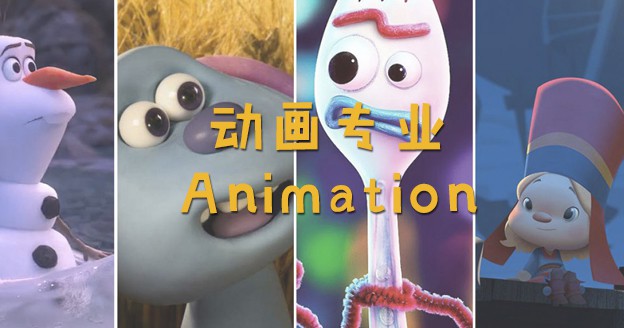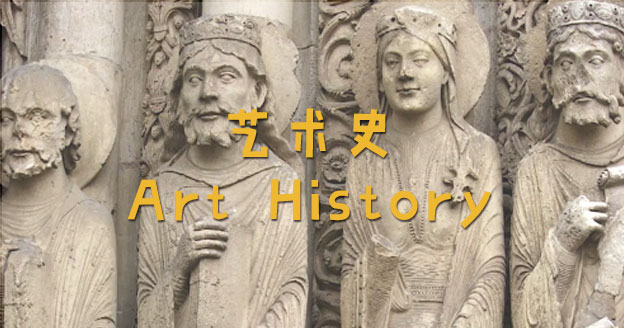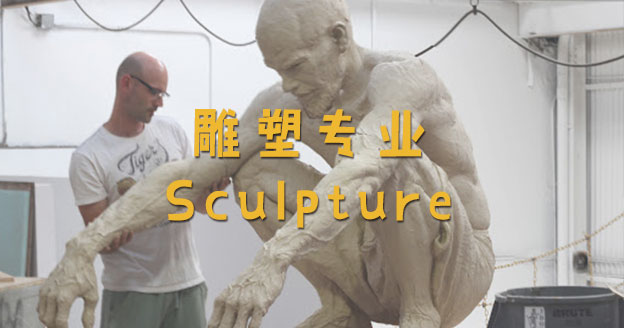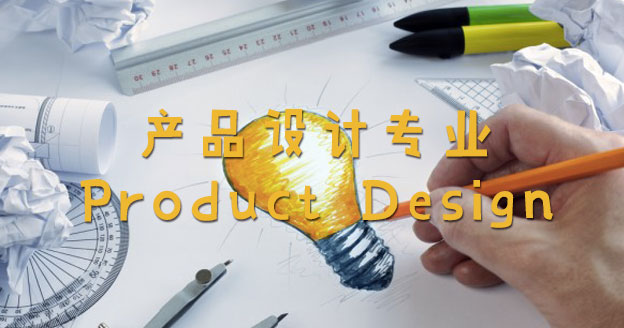[Introduction] The aviation technician is an aircraft maintenance engineer and repair technician. Similar to the role of a doctor, the technician uses his/her expert skills to diagnose and service aircrafts to ensure safety and stability in flight. Aircraft maintenance engineers are mainly responsible for inspecting the structural assembly of various components, equipment and parts of the aircraft. They are in charge of the maintenance of the aircraft and ensuring the safety of navigation. This major has strong industry specificity characteristics, high barriers to employment, but great salary.
Generally, a college degree or above in an aircraft maintenance major or a related mechanical and electrical major is required. A CAAC (now called the CCAR) aircraft maintenance license, along with relevant work experience are also required. In addition, those with a license from a corresponding licensing body are preferred.
Introduction to the Canadian Aviation Technician major
There are three different programs in aircraft maintenance in Canada:mechanics , avionics andstructure。
- Mechanics is mainly the study of engines and hydraulic systems;
- Avionics focuses on all the wiring and electrical systems aboard an aircraft;
- Structural studies mainly cover the overall structures and materials of the aircraft.
Many local students consider applying for this major, but not all of these majors in schools are certified by Transport Canada. After completing this major in a certified college, you will be eligible for accreditation. There is a total of 7 schools in Canada with avionics majors, and about 10-20 people graduate from each school every year. The reason is that most students in these majors are interested in mechanics and structures, but may find electronics more difficult than the other two, so very few students graduate.
In addition, working in aviation maintenance in Canada, like piloting, requires a distinctive professional license, namely theaviation maintenance engineer license.。
What knowledge and skills do students learn in the Canadian aircraft repair and maintenance majors?
Studying for aircraft repair and maintenance generally involves a two-year college diploma program, which allows students to learn all aspects of aircraft systems used by airlines, licensed transport aircraft and helicopters. Through a series of theoretical courses and a large number of laboratory practice courses, students learn how to maintain and repair the electrical and mechanical systems of the aircraft (such as hydraulics, fuel, environment, engines, control surfaces, landing gear, and flying mechanism frames, external architecture, surface layers and other content.)
Course content:
- Safety and Human Factors;
- Piston Engines & Propellers
- Aircraft Structures and Sheet Metal
- Basic Tools & Hardware
- Principle of Flight
- Applied Mathematics
- Basic Principles of Electricity
- Avionics Basics
Employment prospects for Canadian aircraft repair and maintenance graduates
This major will lay the foundation for students to obtain anaviation maintenance engineer license.in the future. Generally, from being anaircraft maintenance technicianto becoming anaircraft maintenance engineer, students are required to have at least 3 years of relevant work experience.Transport Canada(TC) specifies that becoming an AME requires at least 48 months of professional training and practical work experience. With the Transport Canada approved Aviation Technician – Aircraft Maintenance program atFanshawe College , the two-year program can be converted into 18 months of Approved Basic Training credit towards the 48 months experience required to obtain a Transport Canada Aircraft Maintenance Engineer (AME) license issued by Transportation Canada.
This certificate is recognized worldwide, and adopts the standards and regulations of theFederal Aviation Administration of the United States. Therefore, it can easily be used to obtain an Aviation Maintenance Technician certificate issued by the FAA. However, in some respects, the standards of Transportation Canada in terms of training and experience certification are higher than those of FAA, so the value of the certificate issued by Transportation Canada is higher than the FAA of the United States.
Jobs after graduation from the Canadian aircraft repair and maintenance major
The job of the maintenance department is essentially to repair aircrafts. As long as there is a problem with the aircraft, the maintenance team will create a work order, and then follow it to troubleshoot, diagnose, and then make repairs.
- Aircraft Maintenance
Provide opportunities for students to master skills related to the maintenance, repair and modification of aircraft components and systems. The main tasks of aircraft maintenance engineers are to solve aircraft component problems, including airframe, engine, electrical and hydraulic systems, propellers, avionics and aircraft instruments.
- Avionics Maintenance
Students are given the opportunity to learn and hone the skills of complex electronic and electrical systems related to aircraft navigation, guidance, communication, instrumentation and flight control. Avionics tasks in workshops include: maintenance and certification of electronics and instruments, aircraft testing, troubleshooting, maintenance, disassembly and installation of electrical and instrument systems, etc.
Salaries for Canadian aircraft repair and maintenance graduates
As an intern, the salary is generally around $14 per hour, with an average monthly income of $2,200 Canadian dollars. Normally, salary and benefits will increase after being converted to a permanent position. After getting the AME license, wages can be around $35-45 per hour.
The average salary of a Canadian aircraft mechanic is $56,550 per year or $29 per hour. The starting salary for entry-level positions is $34,388 per year, while most experienced workers earn $96,135 per year.
List of majors related to aircraft maintenance in Ontario, Canada
| Aviation Technician-Aircraft Maintenance (Co-op) | Fanshawe College | Diploma | Open | September |
| Aviation Technician-Aircraft Maintenance | Mohawk College | Diploma | Open | September |
| Aircraft Maintenance Technician | Algonquin College | Diploma | Open | September |
| Aviation Technician-Aircraft Maintenance | Confederation College | Diploma | Open | September |
| Aviation Technician-Aircraft Maintenance | Canadore College | Diploma | Open | September |
| Aviation Technician-Aircraft Maintenance | Centennial College | Diploma | Not Open | September |
Summary: Our views on the aircraft repair and maintenance major from the education consultants at UtoCanada
The job of the maintenance department is essentially to repair aircrafts. As long as there is a problem with the aircraft, the maintenance team will create a work order, and then follow it to troubleshoot, diagnose, and then make repairs.
The aircraft repair and maintenance major is very popular for employment after graduation because of its practicability, so it is a very popular major. At the same time, aircraft maintenance majors have higher language requirements than other majors -- IELTS 6.0-6.5 (the requirements are different for each school). After studying this major, it is also very easy to immigrate, because it is a mechanical occupation. Usually aircraft maintenance majors include internship opportunities, thus making it easier for students to find jobs after graduation.
Most schools open in September, but some colleges will start one month in advance, such as Mohawk College (mid-August). At the same time, students should be aware that not all colleges and universities accept international students, such as Centennial College. If you want to apply for this major, it is best to consult our education consultants in advance to understand the situation of each school and apply as soon as possible, because schools tend to limit the number of spots for international students, and the popular majors are gone very fast.
In Canadian colleges, the aircraft repair and maintenance major is mainly employment-focused and is essentially based on vocational training and education. Because it is employment-oriented, the skills taught are very practical. Now the salary structure of many white-collar workers has been shifted by new corporate policies – a structure with high bonuses and low base salaries. If a certain goal has not been achieved, the salary may not necessarily be higher than that of blue-collar workers. Even though the current blue-collar positions are mostly replaced by new technology and mechanical equipment, the society needs more and more of these talents along with the technology becoming more and more advanced.
Canada is a multicultural country. No matter what company is hiring, skin color and nationality do not affect your chances; unless have a bad track record or huge debt. If you have unpaid debt, your credit score going to be reduced, and you might even be sued. Your hiring company may conduct more and deeper investigations on you if that is the case.
Reference article:
















